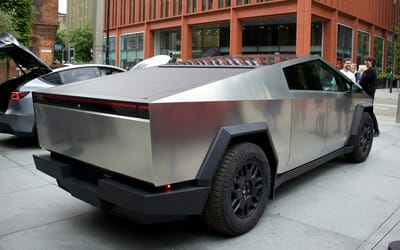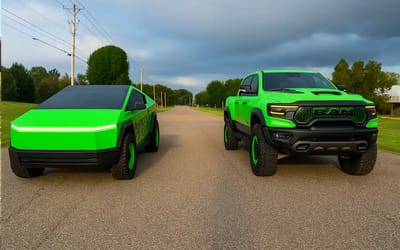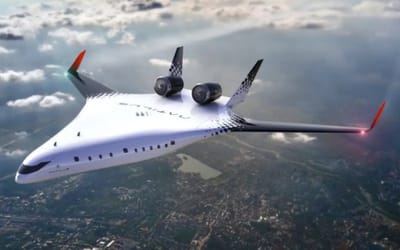DARPA unveils first images of Manta Ray submersible drone in initial water trials
- DARPA has finally partially lifted the veil of secrecy on the Manta Ray program
- They have three new photos of the submersible drone in action
- Designed to perform extended, long-range, and payload-capable undersea missions independently
Published on May 05, 2024 at 12:08 PM (UTC+4)
by Nalin Rawat
Last updated on May 07, 2024 at 9:17 PM (UTC+4)
Edited by
Daksh Chaudhary
DARPA has revealed the first images of the Northrop Grumman Manta Ray submersible drone in action.
Designed as a new class of innovative uncrewed underwater vehicle (UUV) prototype is undergoing initial water trials.
If seen from a distance one can easily mistake it for a shark or a very big unidentified sea monster.
READ MORE! $2 billion private submarine concept has a helipad and can lurk underwater for weeks
The Manta Ray submersible drone is designed to perform extended-duration, long-range, and payload-capable undersea missions independently.
DARPA has now released three new photos of the Manta Ray submersible drone, giving us a first look at the UUV in action.
The photos were taken during its testing phase in the Pacific Ocean.
A quick look at the autonomous drone will leave you in no doubt as to why they’ve called it that.
Speaking of autonomous vehicles, DARPA has also added a 12-ton robot tank to its fleet of autonomous vehicles.
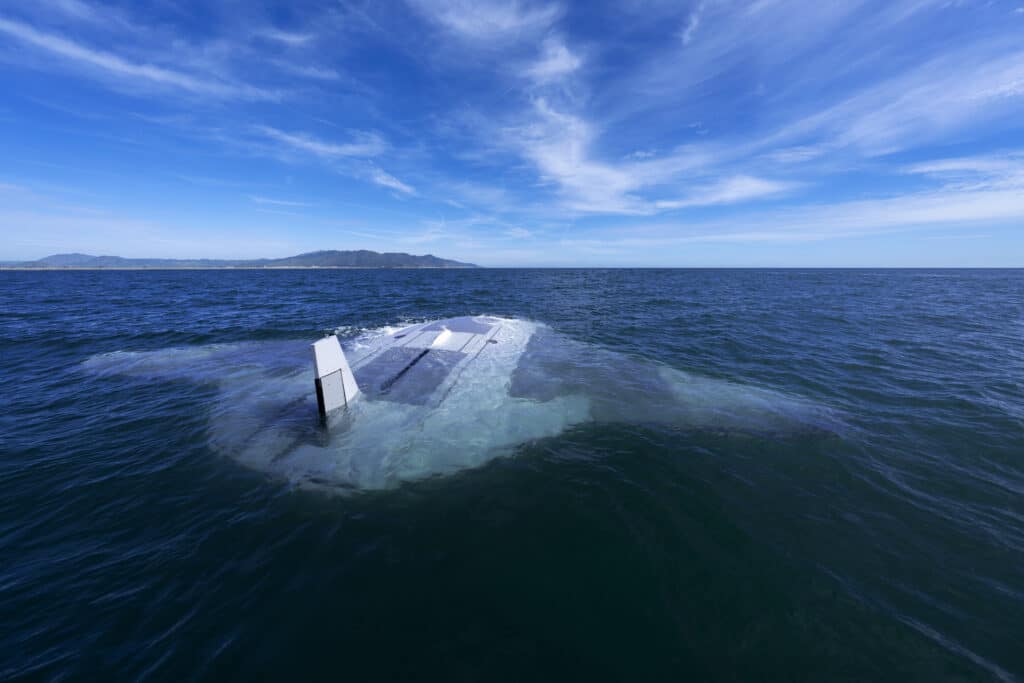
The Manta Ray submersible drone spearheads a new generation of uncrewed underwater vehicles.
This submersible drone with its distinctive diamond-shaped body is also very reminiscent of a B-2 stealth bomber.
In the released DARPA images, we can also see the true scale of the autonomous drone.
DARPA has also finally partially lifted the veil of secrecy on the Manta Ray program.
The Manta Ray submersible drone features a modular design.
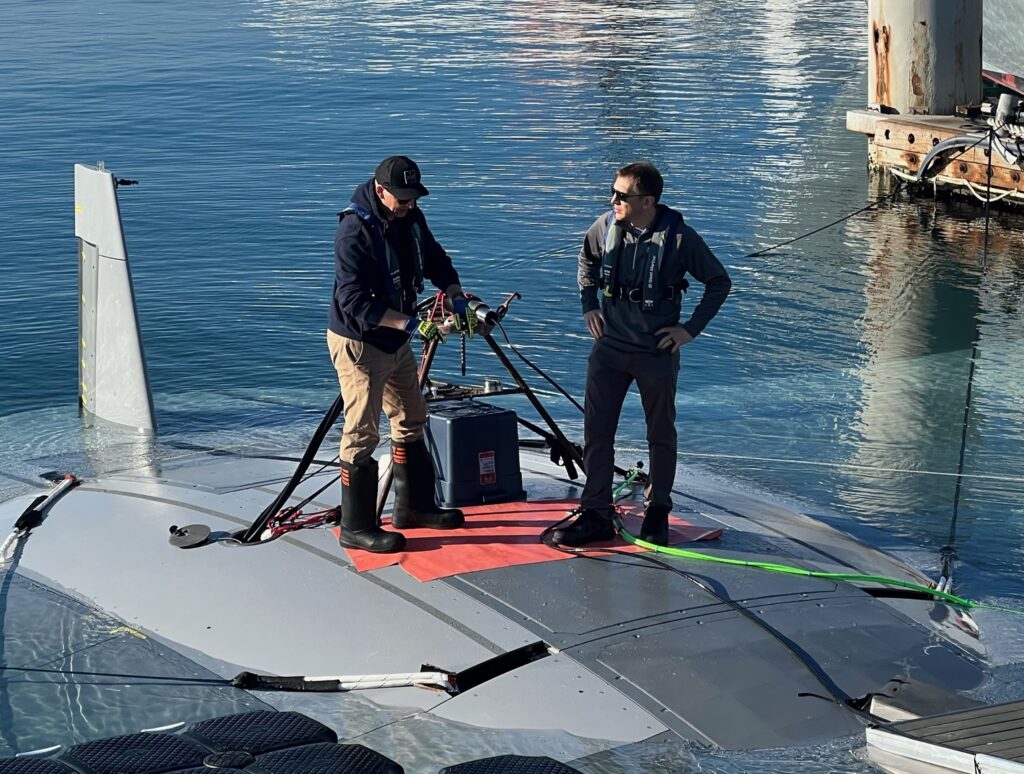
This design choice allows it to be disassembled and transported in standard shipping containers.
Due to this approach, there’s no need for dedicated port facilities.
It enables rapid deployment to evolving maritime threats or mission requirements.
The autonomous drone can also anchor itself on the seabed and enter hibernation mode to save energy.
The initial testing phase demonstrates promising results for the Manta Ray submersible drone.
Hopefully, we will see more of the drone in action soon.
DISCOVER SBX CARS: The global premium car auction platform powered by Supercar Blondie

Nalin started his career by working with various national newspapers in India. He has also worked as a writer/editor for many popular websites, while still pursuing his journalism and mass communication degree. Working as a digital nomad has allowed him to inform and educate through his work. When he is not writing, you can find him playing video games or travelling the mountains on his bike.
